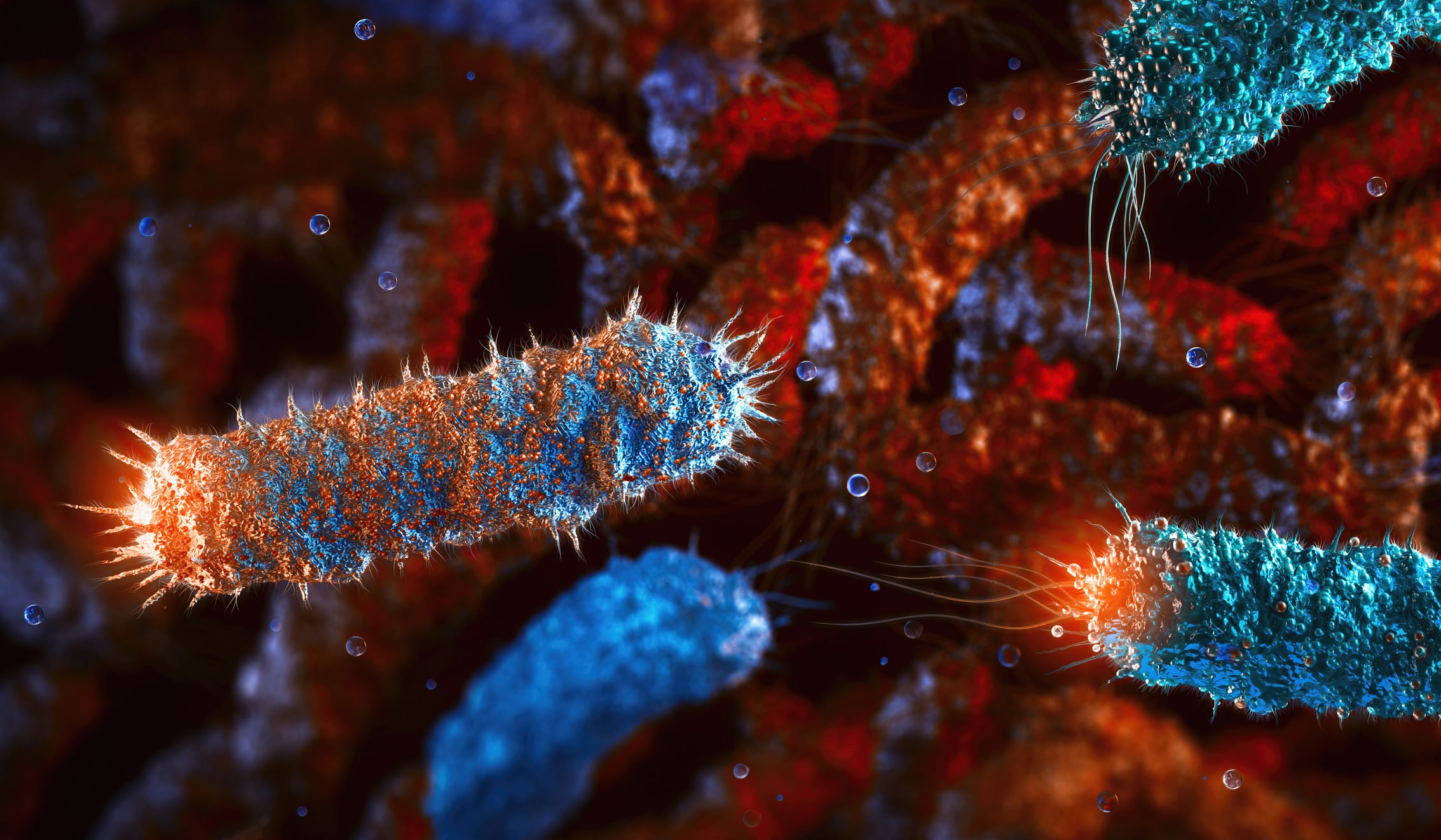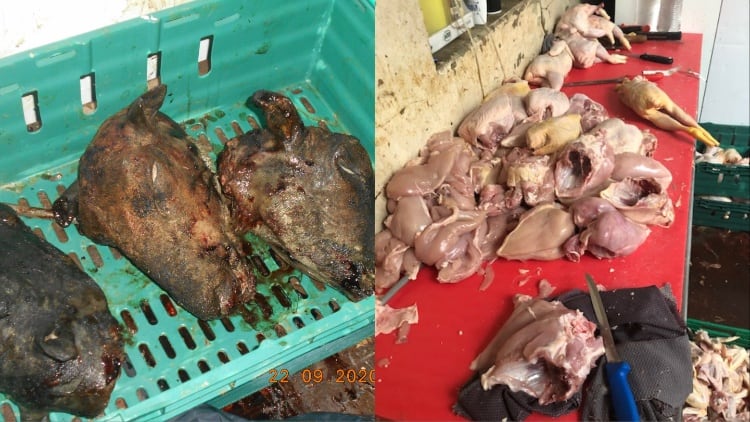The research, which was published in the Journal of Infection earlier this year, follows on from a previous study which also found that weather change is leading to the spread of dangerous diarrheal illness.
Led by a team of researchers at Surrey’s School of Veterinary Medicine, the researchers looked at the impact of different weather factors on the transmission of Salmonella.
This involved comparing UK Health Security Agency data on confirmed cases of Salmonella in England and Wales between 2000 and 2016 with Met Office data from the same time period, focusing on 14 different weather factors.
Warmer temperatures, relative humidity, dewpoint temperature and longer days were all identified as key weather factors associated with an increase in Salmonella cases, irrespective of geographical location.
The findings were subsequently validated by analysing data from the Netherlands.
Commenting on the findings, Dr Gianni Lo Iacono, senior lecturer in biostatistics and epidemiology at the University of Surrey, said: “The model we used to analyse the data shows promise, as the findings were replicated across England, Wales and, independently, in the Netherlands, suggesting a potential for wider application in other European and high-income countries to help gain new insights on the incidence of Salmonella.
“It would be interesting to investigate this in regions with very different environmental and socio-economic characteristics, like tropical countries.”
Study first author Dr Laura Gonzalez Villeta added: “The study highlights how weather plays a significant role in Salmonella outbreaks and provides a valuable tool for predicting future risks and tailoring interventions, particularly in the context of climate change.”
Salmonella is a type of bacteria that can cause food poisoning and is found in the intestines of animals and humans.
The bacteria can contaminate food if it’s not cooked or handled properly and when ingested can cause diarrhoea, fever, and stomach cramps, and it is most prominent in areas with poor sanitation and hygiene.




